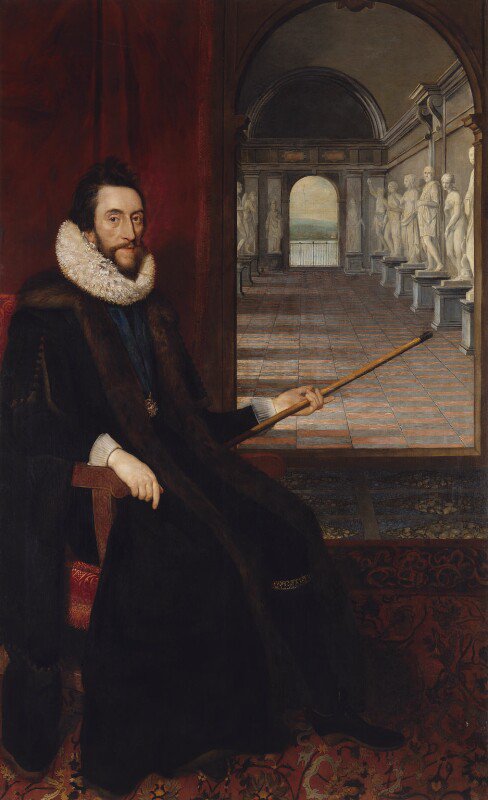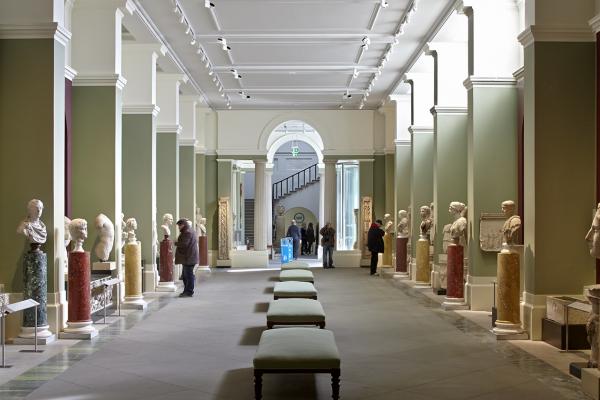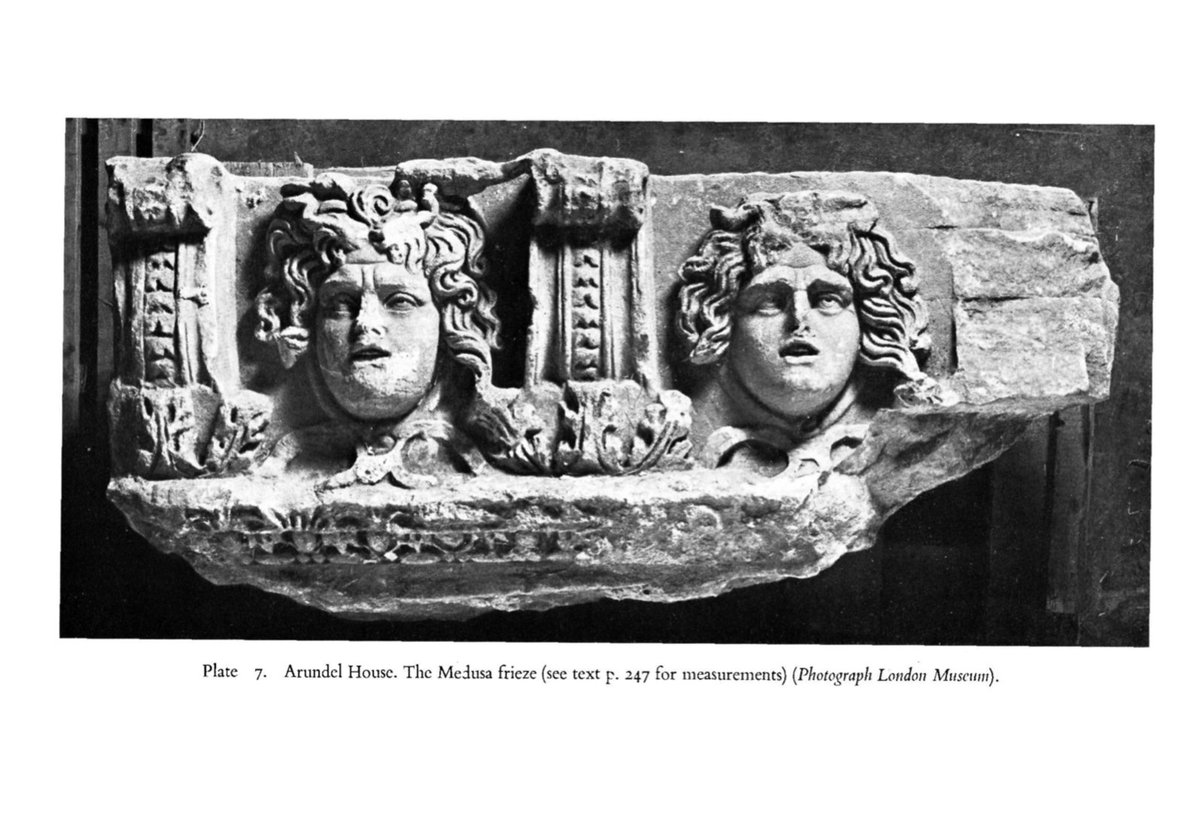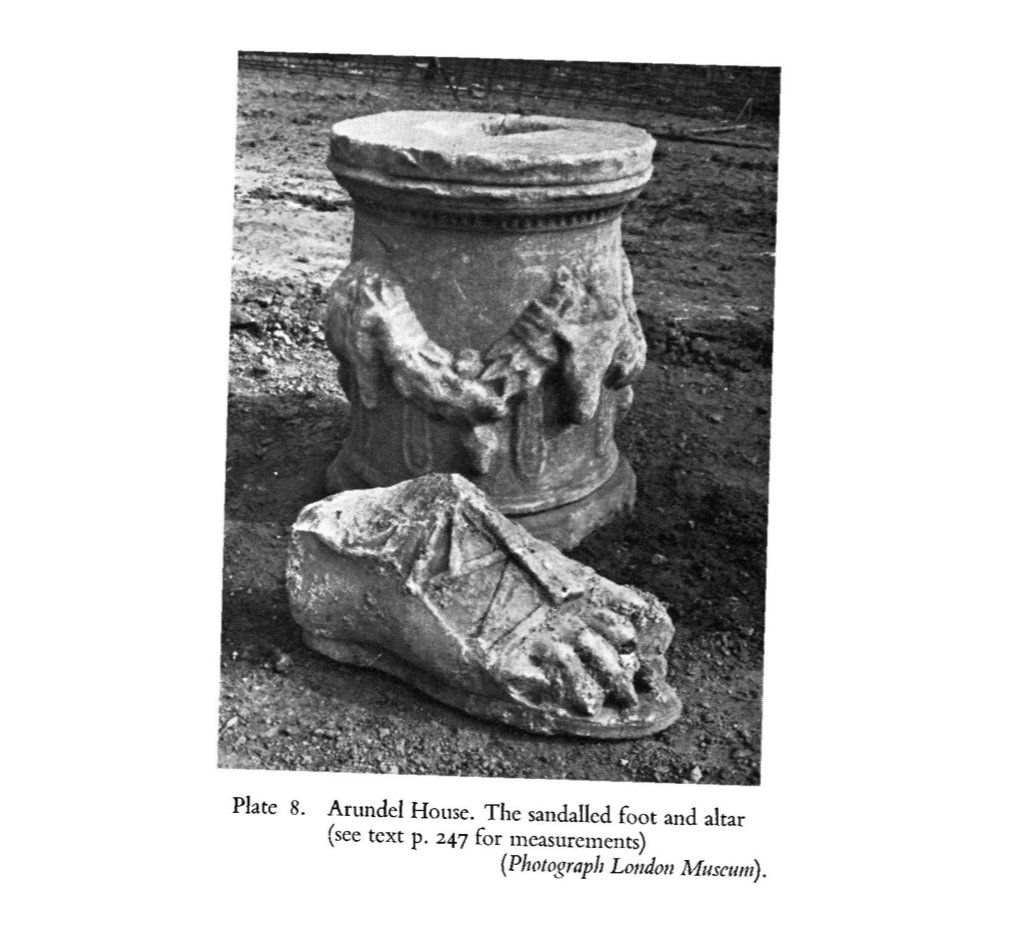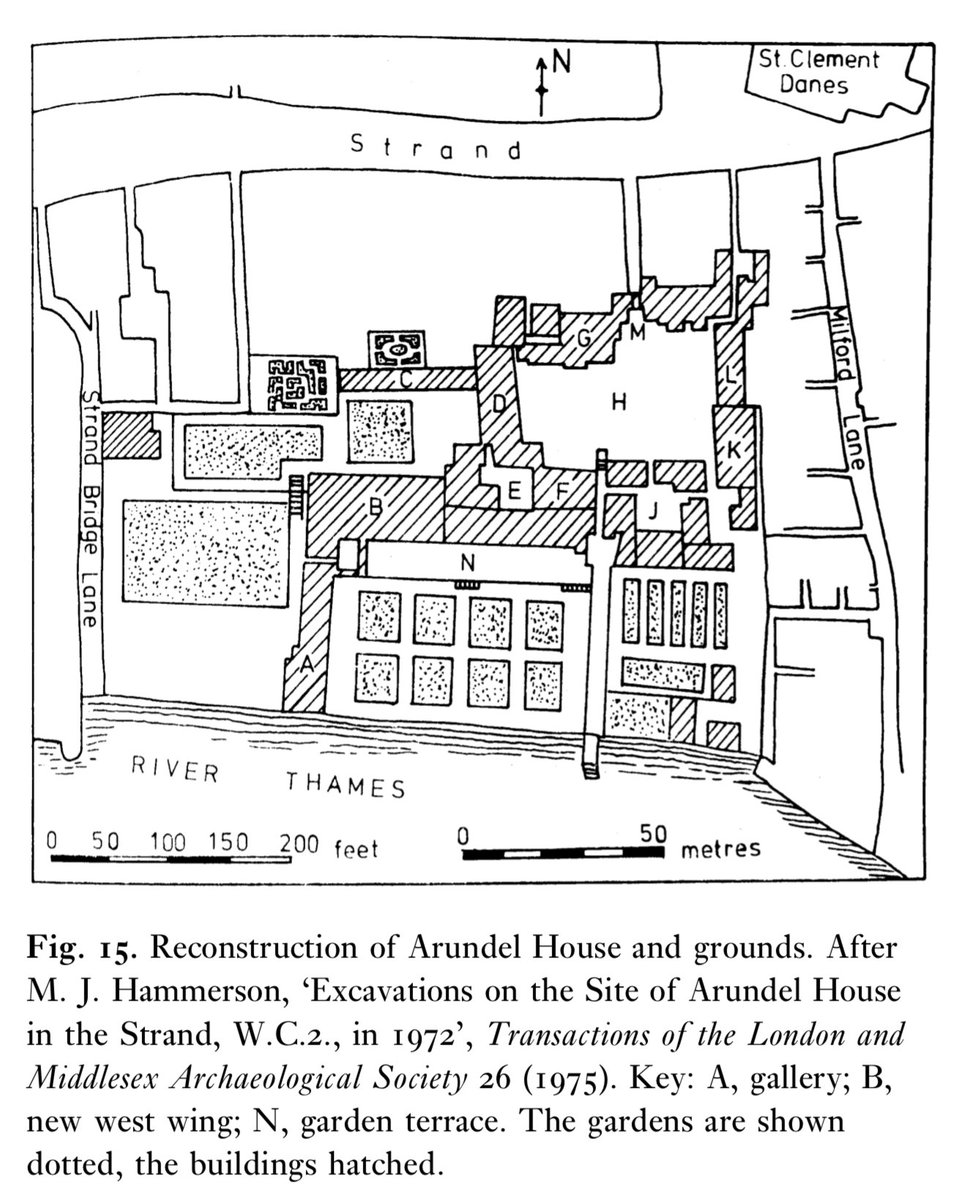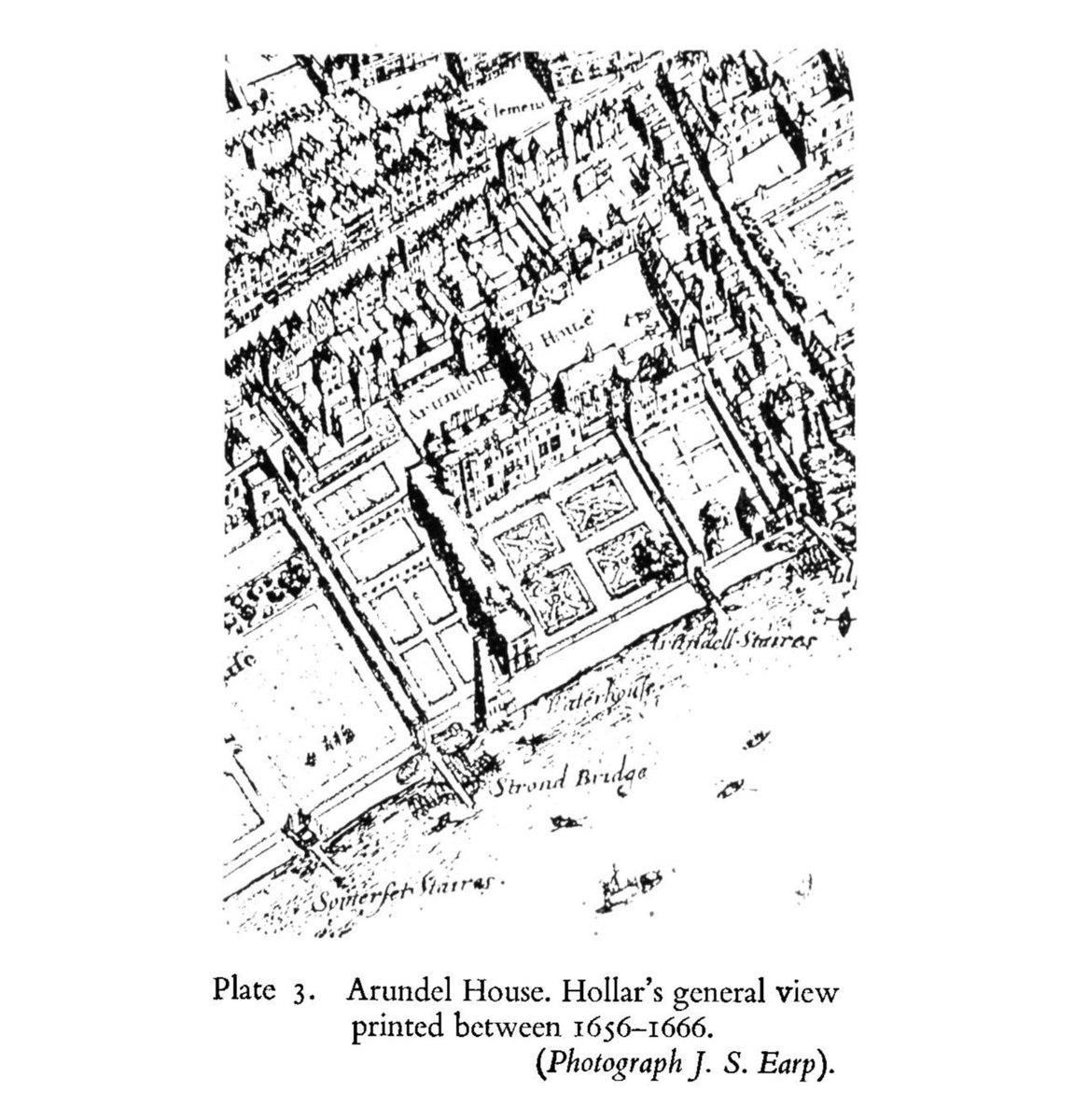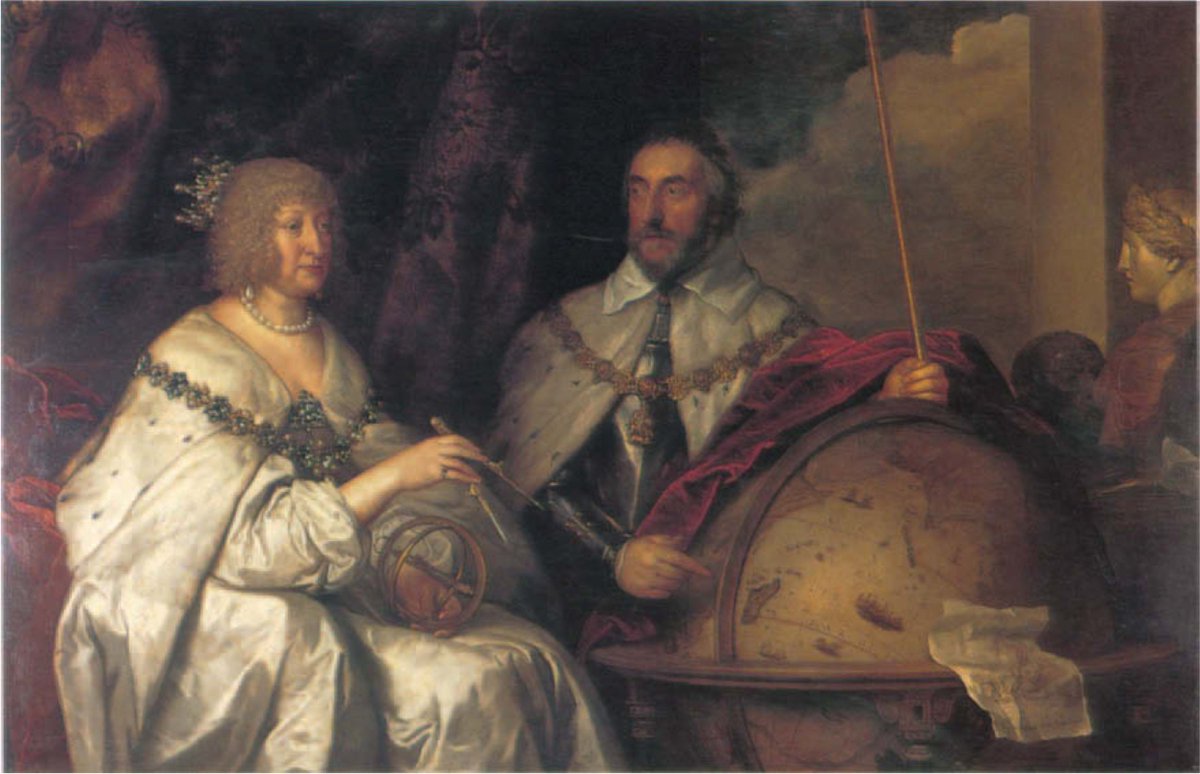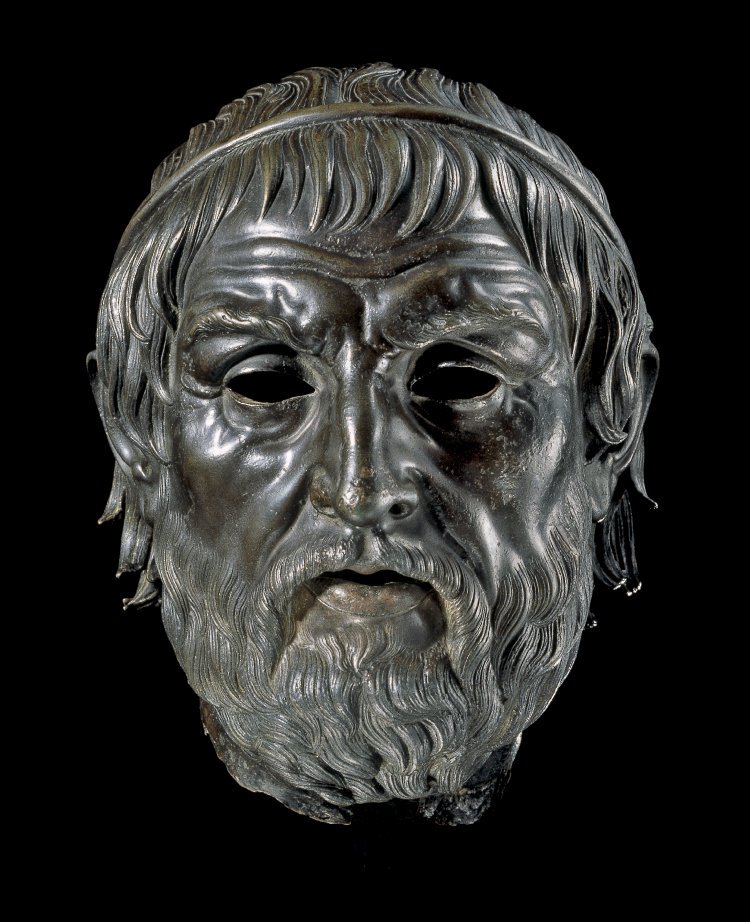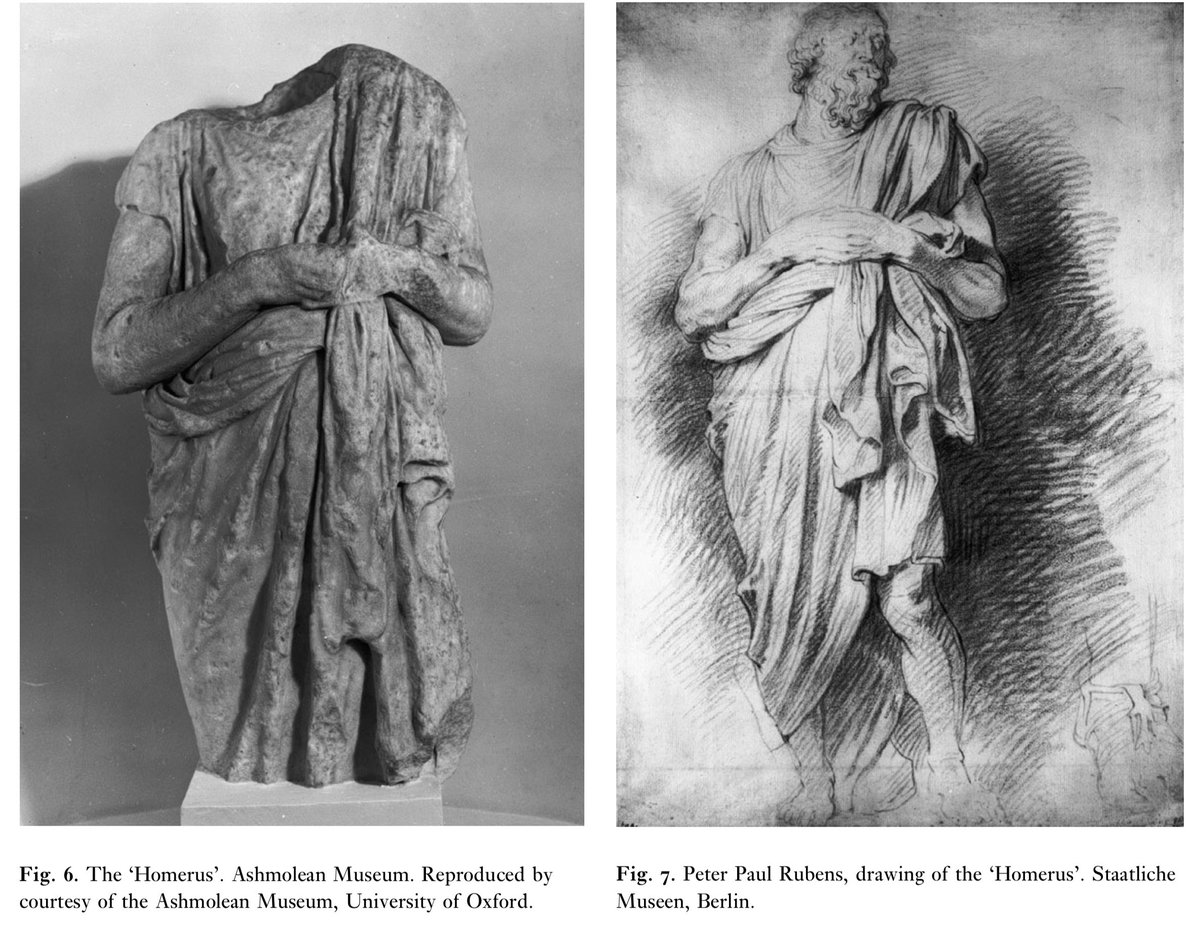This year& #39;s teaching kicks off tomorrow with a lecture for our first years on the beginnings of Archaeology. First slide: this 1618 painting of the Earl of Arundel gesturing with his baton at his gallery of Greek sculptures at Arundel House (on the Strand, overlooking the Thames)
After the Earl& #39;s death in 1646 the many ancient Greek sculptures that he had brought to London were dispersed, finding their way to Oxford in two batches. The first (1667) were inserted into the enclosure walls of the Sheldonian Theatre forming part of its "garden of antiquities"
The second batch arrived in 1755, via Northamptonshire, and the "Arundel and Pomfret Marbles" were brought into the @AshmoleanMuseum—a key moment in its development. The gallery specially built for them in 1845 is still there (with the sculptures) at the entrance to the Ashmolean
Here& #39;s the Arundel and Pomfret gallery at the Ashmolean today. Interesting how the Parthenon Marbles get so much attention but these foundational objects for modern archaeology—as it emerged hand in hand with colonialism in London and Oxford in the 17th and 18th centuries—don& #39;t.
During excavations at the site of Arundel House carried out by @MuseumofLondon (now @MOLArchaeology) in 1972, a number of Greek marble sculptures were found to be still present at the site—including this marble frieze with Medusa heads, and sandalled foot http://www.lamas.org.uk/transactions-archive/Vol%2026.pdf">https://www.lamas.org.uk/transacti...
The marble frieze dug up by the banks of the Thames is from Smyrna (now in Turkey)—a prime example of the Archaeology of Archaeology.
The 1975 archaeological report states that two of the marbles abandoned on the site during the 1670s demolition of Arundel House then dug up—an altar and a fragment of sculpture—went missing during excavations. There was also a Greek inscription. Post-medieval archaeology indeed!
The 1975 archaeological report by Michael Hammerson also includes some remarkable details of the dispersal of those marbles that were left at Arundel House—to Cuper& #39;s Gardens in Lambeth, to Drury Lane, and to Buckinghamshire.
The "Arundel Statues" shown by the Thames in the gardens of Arundel House on an engraved map of London by Wenceslaus Hollar (1650s-1660s).
The Earl was, in fact, the patron of the Czech engraver and map-maker Wenceslaus Hollar—recruiting him in 1636. Hollar lived for some time at Arundel House, and made etchings of the Arundel collections (although I& #39;m not sure whether he made images of the marbles themselves).
Let& #39;s also be clear that the life of Thomas Howard—Royalist, 14th Earl of Arundel, 1st Earl of Norfolk, known as "The Collector Earl"—show us how intimately linked early histories of colonialism, archaeology and collecting were.
Howard supported Walter Raleigh& #39;s expedition to Guiana in 1617, was a member of the New England Plantations Committee from 1620 and even planned the colonisation of Madagascar. (And that& #39;s just what Wikipedia says about him!).
Anthony van Dyck. "The Madagascar Portrait": Thomas Howard, Earl of Arundel, with Aletheia, Countess of Arundel, 1639. (Note the heads to the right hand side)
The marble head in the van Dyck is Apollo and the bronze one is the Arundel Head (probably Sophocles, previously identified as Homer) now in the @BritishMuseum " https://www.britishmuseum.org/research/collection_online/collection_object_details.aspx?objectId=460423&partId=1">https://www.britishmuseum.org/research/...
The double-historicity seen in the excavation of ancient Greek statuary in post-medieval London demolition layers is present in other juxtapositions, eg the Ashmolean & #39;Homerus& #39; marble and the Rubens drawing based on it (drawn when it was still in Italy, from Angelicoussis 2004).
Here is Wenceslaus Hollar& #39;s 1639 etching of Arundel (British Museum)
https://www.britishmuseum.org/research/collection_online/collection_object_details/collection_image_gallery.aspx?assetId=47784001&objectId=1506540&partId=1">https://www.britishmuseum.org/research/...
https://www.britishmuseum.org/research/collection_online/collection_object_details/collection_image_gallery.aspx?assetId=47784001&objectId=1506540&partId=1">https://www.britishmuseum.org/research/...
And Thomas Howard& #39;s wife Aletheia Talbot, Countess of Arundel (at Arundel House, London) by Daniel Mytens, 1618. National Portrait Gallery
https://www.npg.org.uk/collections/search/portrait/mw07038/Aletheia-Talbot-Countess-of-Arundel">https://www.npg.org.uk/collectio...
https://www.npg.org.uk/collections/search/portrait/mw07038/Aletheia-Talbot-Countess-of-Arundel">https://www.npg.org.uk/collectio...
Thank you very much to Wade Jones for this remarkable connection to not the Parthenon Marbles in the British Museum, but the Worksop Marble (Nottinghamshire) https://twitter.com/profdanhicks/status/1085688289166848000">https://twitter.com/profdanhi...
This paper by Anthony Geraghty describes the Selden Marbles as installed in 1660 in a wall next to Divinity School/old @AshmoleanMuseum, now @HSMOxford.
Do @bodleianlibs, Ashmolean or @SheldonianOxUni have any images of this or the "Garden of Antiquities"? https://www.jstor.org/stable/pdf/1568785">https://www.jstor.org/stable/pd...
Do @bodleianlibs, Ashmolean or @SheldonianOxUni have any images of this or the "Garden of Antiquities"? https://www.jstor.org/stable/pdf/1568785">https://www.jstor.org/stable/pd...

 Read on Twitter
Read on Twitter